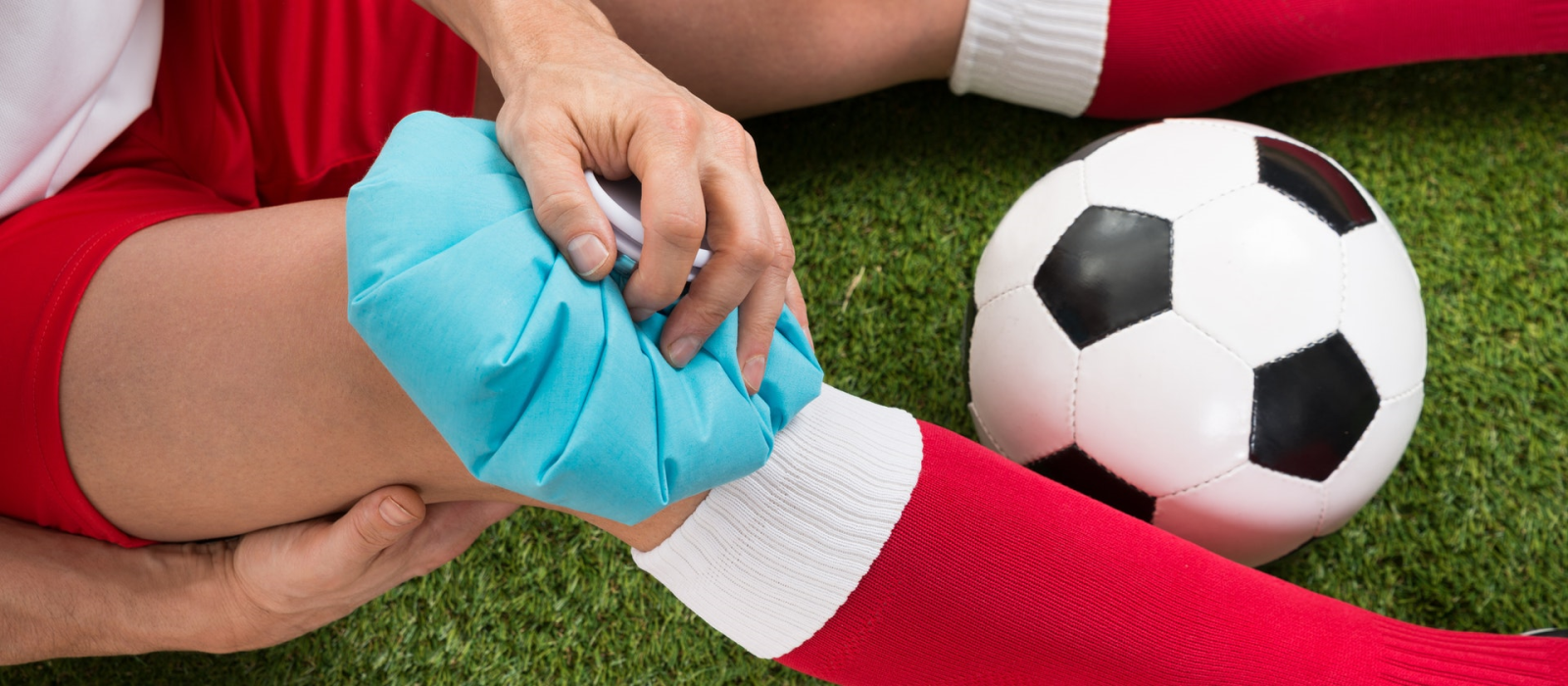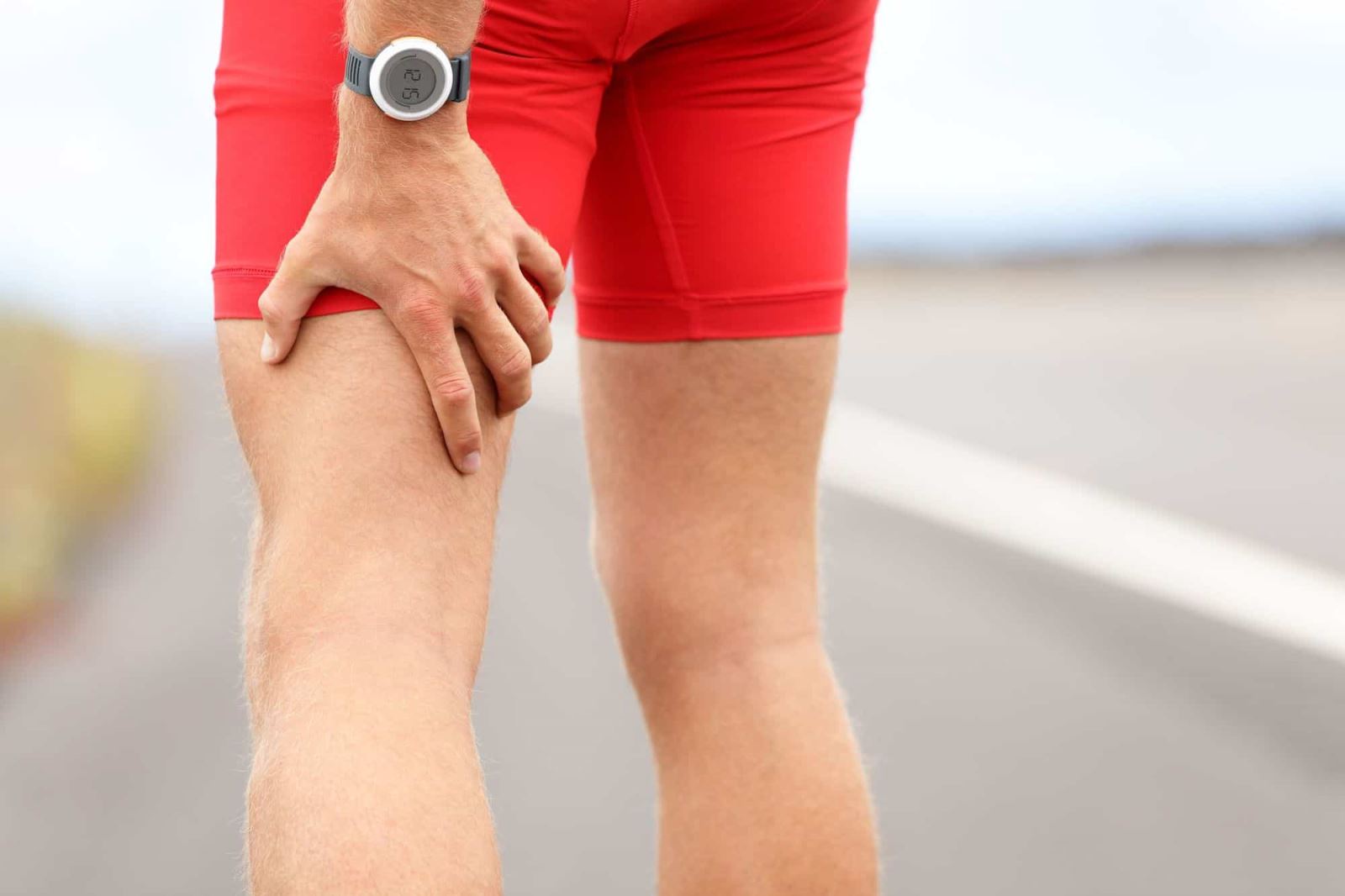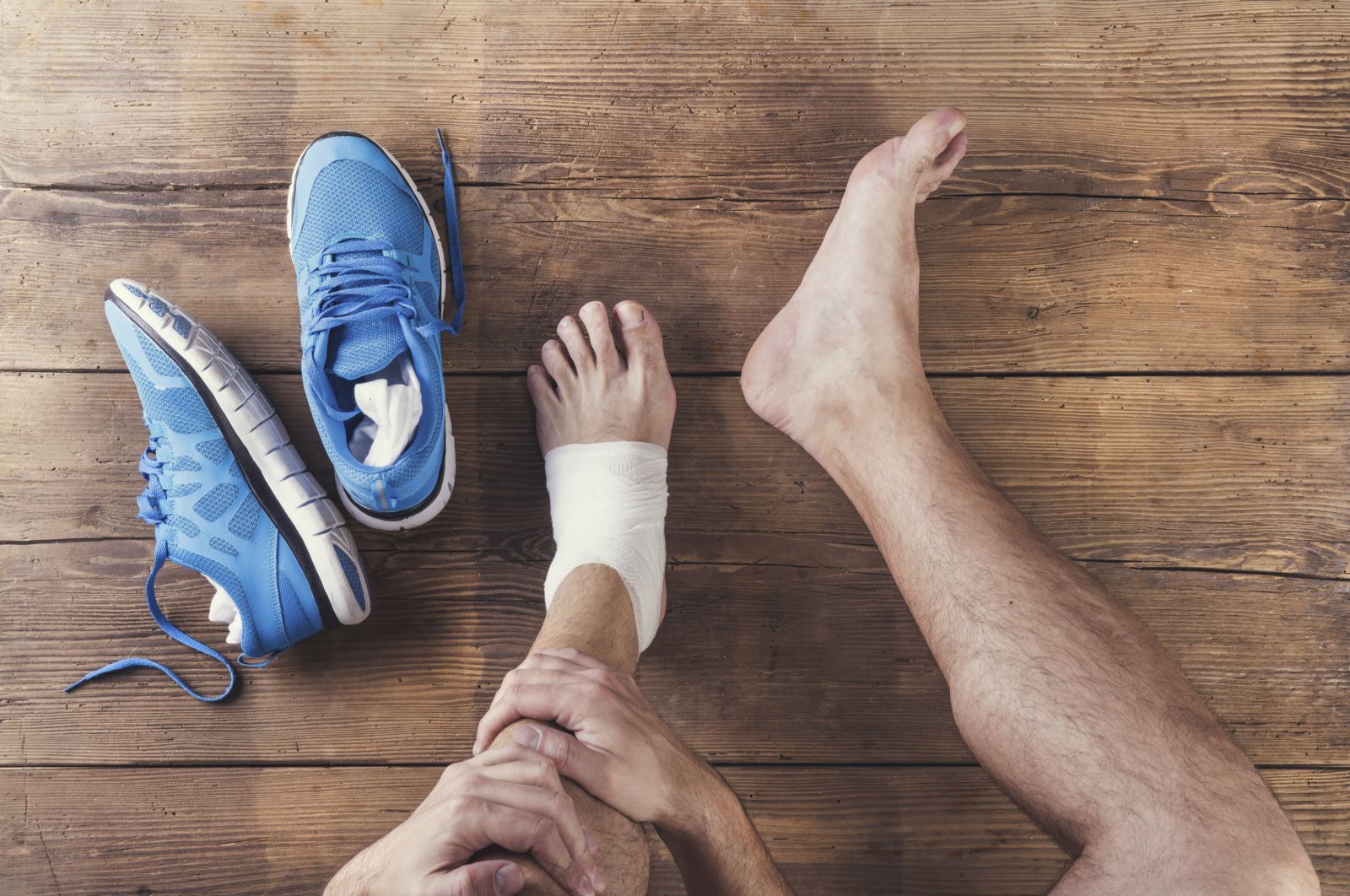Football fans, especially Egyptians, were devastated by Mohamed Salah’s injury in the final match of the Champions League last May. Egyptians were worried his injury would prevent him from participating with the national team in the FIFA World Cup 2018. They keenly researched his injury, how long it would take to recover, and what methods of treatment he would depend on.
Athletes and people who work out are always prone to injury. Poor training methods, muscle weaknesses, unsafe exercising environments, and accidents are the main causes for sports injuries. Moreover, if an athlete is not properly ready to play sports, or does not warm up or stretch muscles before playing, this can also lead to injuries. Here is a brief account of common sports injuries.
Shoulder Injuries
The shoulder is the most mobile joint in the body due to the joint’s ball-and-socket structure, which makes it vulnerable to different injuries. Athletes of sports that depend on using the arms or need a lot of contact—such as rugby, wrestling, handball, and weight lifting—are prone to shoulder injuries.
Falling on the outstretched arm heavily can cause shoulder injuries; this is what happened to Mohamed Salah. He was diagnosed with a sprained shoulder, where the ligaments are torn or stretched; a shoulder sprain can cause swelling, bruising, stiffness, or instability of the joint. A sling may be useful to take weight off the shoulder; physiotherapists use electrotherapy treatment to reduce pain and inflammation, in addition to some exercise to strengthen the shoulder muscles and ligaments. A sprained shoulder may need 2–8 weeks to fully recover according to the severity.
Shoulder dislocation is the most common shoulder injury; it happens when the humeral head—the round part of the upper arm bone—is partially or completely detached from the shoulder’s socket. The shoulder joint can be dislocated in different directions; according to the direction of the dislocation, the doctors will determine the way of treatment and the time for recovery. In some cases, a dislocation may tear ligaments or tendons in the shoulder or damage nerves, which may require surgery to repair.
An athlete with a dislocated shoulder usually suffers from swelling, numbness, weakness, bruising, and unsteadiness in the shoulder. Recovering from a shoulder dislocation requires resting the arm in a sling for a few days. After the swelling and pain decrease, the injured player can start physiotherapy, which includes some gentle arm and shoulder exercises that help reduce the stiffness and build up strength in the shoulder muscles. It takes 12–16 weeks to completely recover from a dislocated shoulder.
Tennis Elbow
Playing tennis or other racquet sports can cause tennis elbow, clinically known as lateral epicondylitis; this injury occurs due to the exhaustion of the elbow tendon by the repetitive motions of the wrist and arm. The inflammation of the tendons that join the forearm muscles on the outside of the elbow leads to pain and tenderness on the outside of the upper forearm, just below the bend of the elbow. Lifting or bending the arm can cause pain, which can extend to the wrist, leading to weak a grip.
Tendon injuries heal slowly; tennis elbow can last for several weeks or months, and can heal on its own without treatment. Simple treatments can help reduce the pain; most importantly resting the injured elbow and stopping the activity that caused the problem. Using support bandage or splint is recommended; physiotherapists use some techniques, such as massaging and muscle manipulation, to relieve pain and stiffness, and encourage blood flow to the arm. In some cases, if the pain lasts for more than a year, doctors recommend surgeries.

Knee Injuries: ACL Tear
The knee is a complex joint made up of many structures, such as bones, cartilages, tendons, and ligaments, any of which can be injured. Athletes who participate in sports activities that need stress on the knee, such as football, basketball, tennis, and volleyball, are prone to different knee injuries: fractures, dislocations, sprains, and ligament tears.
The most common knee injury is the tearing of the Anterior Cruciate Ligament (ACL), which is responsible for the movement of the knee back and forth. The ACL is usually torn due to sudden stopping, sudden change of direction, landing from a jump wrongly, or being hit directly to the knee. After injury, athletes will not be able to bend or straighten their legs because of the pain; their knees will swell within the first 24 hours.
There are mild ACL tears that could be treated by ice compress, medications, and a short rehabilitation program. Complete tears are more common and require surgical treatment where the torn ligament is replaced by a substitute graft made of tendon. Post-surgical treatment includes an aggressive physiotherapy that helps restore full knee motion, strength, power, and endurance; recovery from this injury will need 6–9 months.

Groin and Hamstring Strains
These injuries are common among athletes who practice sports that require a lot of sprinting and jumping; such as runners, football, and ice hockey players. These sports require the continuous contraction and release of thigh muscles during competition and practice.
A groin strain is a muscular tear or rupture to any of the groin muscles; usually one of the adductor muscles on the inside of the thigh or the front of the hip. Groin strains cause pain in the inside of the thigh while running or walking; pain can increase when injured athletes bring their legs together or raise their knees. On the other hand, hamstrings are a group of three muscles at the back of the thighs; they attach the large thigh muscle to the bone. Hamstring strain occurs when any of the tendons or muscles are overstretched.
There are three grades of groin strains; in all cases, you have to stop doing any activities that may cause pain until the strain is healed. Immediate first aid interference in the first 24–48 hours will help reduce the swelling; mild to moderate groin strains can heal within few weeks, while severe injuries may take up to 6 weeks. Some severe strains may need surgeries to repair the torn fibers, especially where the tendon is involved.
Athletes who suffer from hamstring strain may feel some tightness in the back of the thigh; most hamstring strains heal with simple non-surgical treatment. The therapist may recommend wearing a knee splint for a short period of time to keep the leg in a neutral position to help the muscles heal. Physical therapy also helps restore the motion and strength of the thigh. There are severe injuries where the tendon is completely de-attached from the bone; in this case, a surgery should be performed.

Achilles Tendinitis
The largest tendon in your body is the Achilles tendon running down the back of your lower leg. Although it is supposed to endure a lot of stress from walking, running, and jumping, it is still prone to injuries due to overuse or degeneration of the tendon. Exercising without warm up, straining the calf muscles, sudden quick stops, and increase intensity in physical activity can cause Achilles tendinitis, which is the inflammation of the Achilles tendon.
Those who suffer from the inflammation of the Achilles tendon feel pain and stiffness along the tendon or back of the heel that worsens with activity. It usually needs simple treatment, which involves rest, elevating the foot, applying ice, physical therapy, and compression bandages. It usually takes between a few days and 6 weeks for tendinitis to heal.
If you hear a pop at the back of your heel followed by an immediate sharp pain in the back of your ankle and lower leg that will affect your ability to walk or step on your foot, this likely means that the Achilles tendon has ruptured. In this case, a surgery may be needed to fix the ruptured tendon; with the help of physiotherapy after surgery, you can return to normal activity in 4–6 months.

Ankle Sprains
Most professional athletes and anyone practicing sports such as running, basketball, tennis, and football are prone to ankle sprains. A sprained ankle usually occurs when the foot turns inward due to wrong movement, stepping on an irregular surface, or one player stepping on another. As a result, the ligaments that connect bones of the leg to the foot and hold joints in place are stretched or torn. The injury ranges from mild to severe according to how much the ligaments are damaged.
Swelling and bruising are common symptoms of a sprained ankle; the pain increases with movement or placing weight on the ankle. Pain can be relieved by resting, avoiding activities, and keeping the injured ankle elevated. Applying ice and wearing an elastic bandage can reduce the swelling and stabilize the joint. Mild ankle sprains can take up to one week to heal, while severe sprains can take 6–12 weeks. Repeated and untreated ankle sprains can weaken the ankle and lead to chronic ankle pain, arthritis, and ongoing instability.
The list of sports injuries is long, as all sports and physical activities can cause injury. It is important to be cautious and always listen to the warnings your body is sending; pain means there is something wrong, so do not ignore it.
References
webmd.com
sports-health.com
physioworks.com.au
mayoclinic.org
This article is published in SCIplanet, Summer 2018 Issue "Science and Sports".